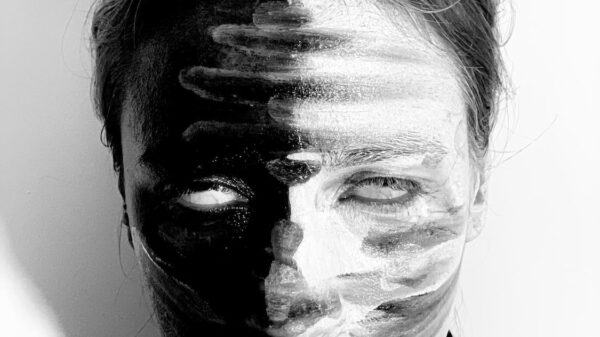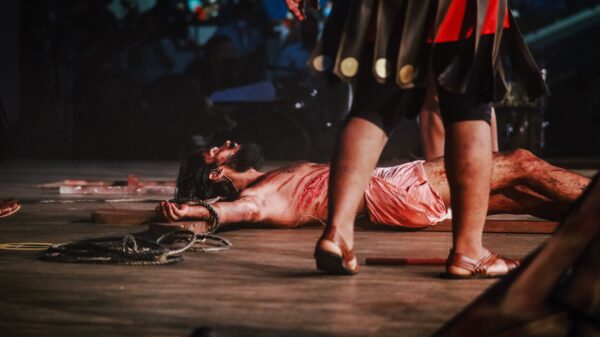Lights, camera, action! The world of Film Evolution has come a long way since the days of silent movies and grainy black and white footage. From epic blockbusters to heartwarming indie films, there’s no denying that cinema has evolved into an art form all its own. Join us as we journey through time, exploring the major milestones in film history and how they’ve shaped the movies we know and love today. So grab some popcorn, settle in, and get ready for a cinematic adventure unlike any other!
Introduction to the Evolution of Film
The history of film is a fascinating subject, tracing the development of this relatively new art form from its humble beginnings in the late 1800s to the multi-billion dollar industry it is today. The first films were silent, black and white affairs, often consisting of little more than a series of static images. However, even these early films had the power to tell stories and provoke emotions in their audiences.
Over the years, film has evolved considerably. The introduction of sound transformed movies into a much more immersive experience, while color added another level of realism. More recently, special effects and CGI have taken things to an entirely new level, with some films now featuring sequences that would have been impossible to create just a few years ago.
Despite all these changes, one thing has remained constant – film’s ability to entertain and engage audiences like no other medium. Whether you’re watching a classic silent movie or the latest blockbuster hit, there’s something special about the experience of being transported into another world for a couple of hours.
Early Silent Films
In the early days of film, movies were silent. This was due to the technology of the time – it was not possible to add sound to a movie. This meant that filmmakers had to find other ways to tell their stories and engage audiences.
One way they did this was by using intertitles – short pieces of text that would appear on screen to provide information about the scene or advance the plot. Another was through the use of visual storytelling – making sure the images on screen told a clear story that audiences could follow.
With the advent of sound in film, things changed dramatically. No longer were filmmakers limited by silence – they could now add dialogue, music, and sound effects to their movies. This opened up a whole new world of possibilities for storytelling, and led to the development of some truly classic films.
The Transition to Sound
The silent era of film came to an end in the late 1920s with the advent of sound. This new technology allowed filmmakers to add audio to their movies, creating a more immersive experience for audiences. The first feature-length film with sound was “The Jazz Singer” (1927), which starred Al Jolson. This movie was a huge success, and ushered in the age of sound.
Since then, film has evolved considerably. The introduction of color, special effects, and other technologies have made movies even more entertaining and visually stimulating. Today, films are big business, and Hollywood blockbusters can gross hundreds of millions of dollars at the box office. With such a large investment at stake, studios are always looking for ways to improve the cinematic experience. It will be interesting to see what the future holds for film!
Technological Advances in Film Making
The film industry has come a long way since the days of silent movies. With the advent of new technologies, filmmakers are now able to create more realistic and immersive films that can transport audiences to other worlds. Here are some of the most significant technological advances in film making:
1. CGI and Visual Effects
One of the biggest game changers in film making is the introduction of computer-generated imagery (CGI) and visual effects. This allows filmmakers to create realistic images and scenes that would otherwise be impossible to capture on film. For example, in the movie Avatar, director James Cameron used CGI to create the lush world of Pandora and its inhabitants. The result is an immersive and visually stunning film that transports audiences to another world.
2. High-Definition Cameras
Another major advancement in film making is the use of high-definition (HD) cameras. These cameras allow for sharper images and more detailed footage. This results in a more cinematic look that can greatly enhance the viewing experience. Additionally, HD cameras are often used in conjunction with CGI and visual effects to create even more realistic images.
3. 3D Technology
Another relatively recent development in film making is 3D technology. This allows audiences to feel as if they are inside the movie itself, providing a truly immersive experience. Movies like Avatar and Gravity have used 3D technology to great effect, giving audiences a breathtaking look at otherworldly environments and characters.
Hollywood’s Golden Age of Cinema
In the early 1900s, Hollywood was a small town outside Los Angeles with a few movie studios. But by the 1920s, it had become the film capital of the world and the center of a new industry. The Golden Age of Hollywood was marked by a period of great creativity and innovation in filmmaking. silent movies were replaced by “talkies,” color films became popular, and new genres like musicals and screwball comedies emerged. This era also saw the rise of some of Hollywood’s most iconic stars, including Greta Garbo, Clark Gable, and Humphrey Bogart.
Despite the Great Depression and World War II, Hollywood continued to thrive in the 1940s and 1950s. This was due in part to the popularity of television, which brought new audiences to movies. Studios also began releasing films in other countries to capitalize on growing international markets. As a result, Hollywood became increasingly influential in shaping global popular culture.
Blockbuster Hits and Special Effects
The silent era of film was dominated by a few studios in Hollywood, and the productions were mostly formulaic Westerns, comedies, and melodramas. But with the advent of sound in the late 1920s, movies began to change. The first “talkie” was The Jazz Singer (1927), and it was a huge hit. Other studios quickly began producing their own sound films, and the movies became more realistic and sophisticated.
During the 1930s and 1940s, Hollywood produced some of its most iconic films, including Gone with the Wind (1939) and Casablanca (1942). These movies were hugely popular with audiences, and they featured spectacular special effects that were rarely seen at the time.
With the advent of color film in the 1950s, movies became even more realistic and exciting. Some of the most popular films of this era include The Wizard of Oz (1939) and Ben-Hur (1959). These films featured dazzling special effects that amazed audiences.
Today, Hollywood continues to produce blockbuster hits with cutting-edge special effects. Some of the most popular recent films include Avatar (2009) and Inception (2010). These movies are pushing the boundaries of what is possible on screen, and they are entertaining audiences around the world.
Recent Developments in Film Technology
The film industry has come a long way since the days of silent movies. Film technology has evolved rapidly, and this has had a major impact on the types of films that are being made.
One of the most significant recent developments in film technology is the advent of digital filmmaking. This has revolutionized the way films are made, and has opened up new possibilities for filmmakers. Digital filmmaking allows for a much higher degree of control over the final product, and it is also much cheaper than traditional film-making methods.
Another major development in film technology is 3D filmmaking. This type of filmmaking creates a more immersive experience for audiences, and allows filmmakers to create scenes that would be impossible to recreate with traditional 2D filmmaking techniques. 3D films have become hugely popular in recent years, and are likely to continue to be so in the future.
These are just some of the ways in which film technology has evolved in recent years. It is an exciting time to be a part of the film industry, and there are sure to be many more exciting developments in the years to come!
Conclusion
From the silent films of the early 1900s to today’s blockbuster hits, it is amazing to see how far film has come in such a short time. It is clear that film technology and techniques have evolved dramatically over the years, with filmmakers finding ways to make their stories even more engaging for audiences. Now more than ever, we can enjoy watching our favorite movies in theaters or streaming them at home on our favorite devices. We are truly fortunate to be able to experience all these advances in movie-making technology and look forward to what lies ahead!










